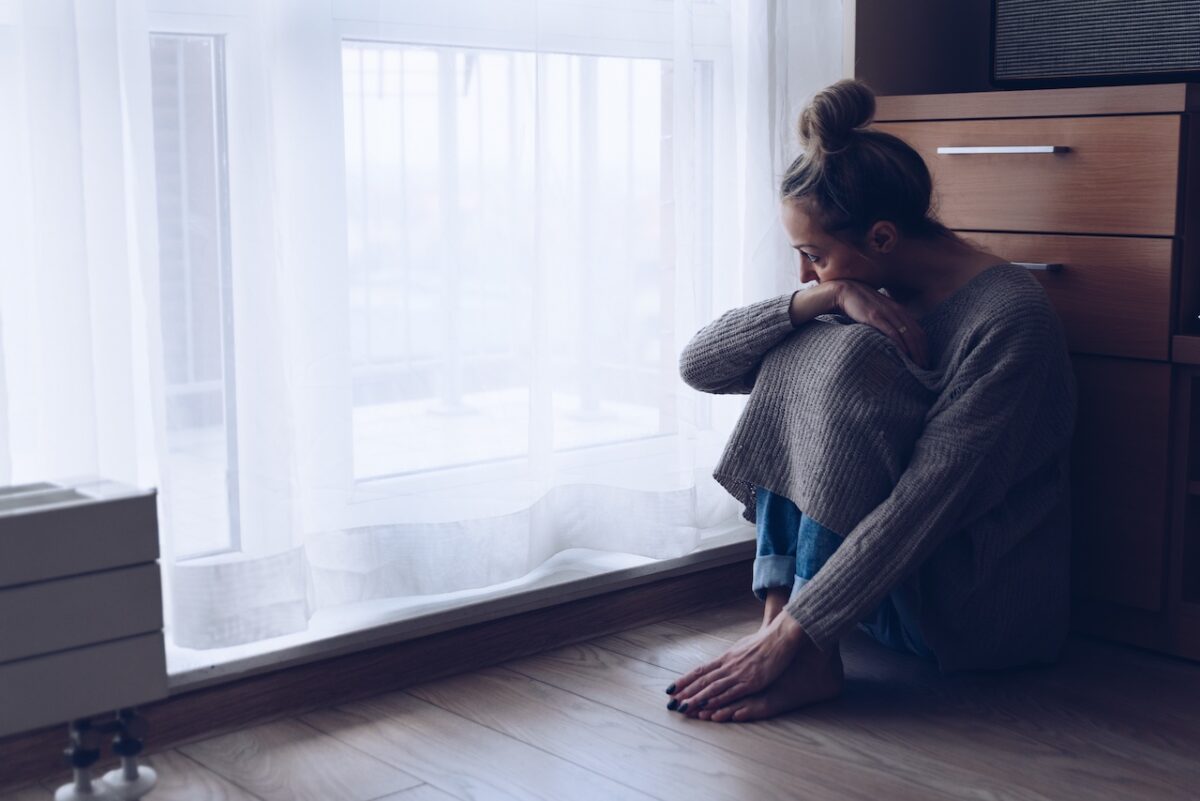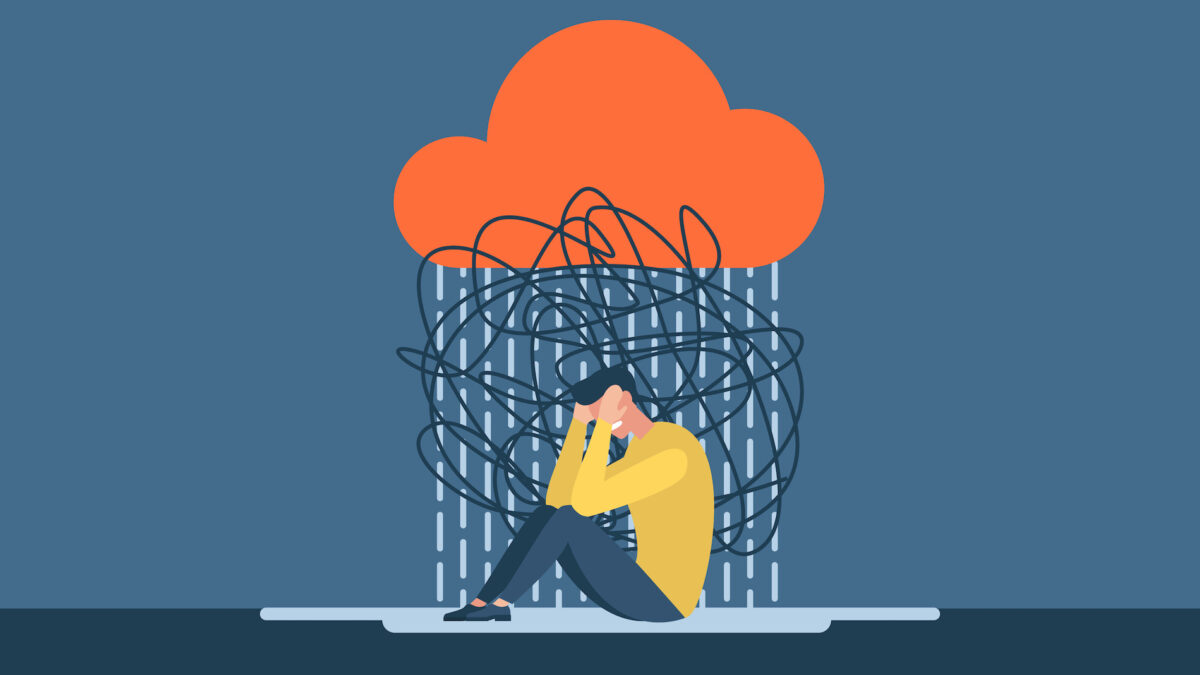What is Anxiety and How to Treat It?

Anxiety disorders are the most common psychiatric disorders for both children and adults in the United States. There are multiple anxiety disorders, but they all share a primary feature: excessive fear and anxiety along with related behavioral changes. That is, a person changes their normal behavior to avoid whatever triggers their anxiety.
How Do I Know If I Have Anxiety?
Anxiety can manifest in many ways, and children and adolescents with anxiety may present differently than adults with anxiety. The principal components of anxiety are psychological and somatic signs and symptoms in response to a trigger, generally for six months or more.
A few psychological symptoms include tension, fears, difficulty concentrating, and apprehension surrounding a person’s anxiety trigger. Somatic signs may include hyperventilation, shortness of breath, increased heart rate, tremors, sweating, and palpitations.
In adolescents, increased irritability or refusing to go to school could be signs of anxiety; while in children, anxiety can manifest as crying, clinging, tantrums, shrinking, and refusing to speak in social situations.

What Are The Different Anxiety Disorders?
- Generalized Anxiety Disorder – Excessive anxiety and worry about several events or activities that are difficult to control, occurring more days than not.
- Panic Disorder – Recurrent unexpected panic attacks, described as an abrupt surge of intense fear or discomfort that peaks within minutes.
- Specific Phobias – Marked fear or anxiety about a specific object or situation (e.g. flying, heights, animals,
receiving an injection, seeing blood). - Agoraphobia – Marked fear or anxiety about at least two of the following situations:
- Using public transportation (e.g., automobiles, buses, trains, ships, planes)
- Being in open spaces (e.g. parking lots, marketplaces, bridges)
- Being in enclosed places (e.g. shops, theaters, cinemas)
- Standing in line or being in a crowd
- Being outside of the home alone
- Social Anxiety Disorder – Fear or anxiety about social situations in which a person may be scrutinized by others.
- Examples include social interactions (e.g., having a conversation, meeting unfamiliar people), being
observed (e.g. eating or drinking), or performing in front of others (e.g. giving a speech). - In children, the anxiety must occur in settings with other children and not just during interactions with
adults.
The following two disorders occur primarily in children and adolescents but can still occur in adults.
- Separation Anxiety Disorder – Developmentally inappropriate and persistent excessive fear or anxiety
concerning separation from the individual one is attached to.
- In children and adolescents, this occurs for at least one month.
- In adults, this occurs for at least six months.
- Selective Mutism – Consistent failure to speak in specific social situations in which there is an expectation for
speaking (e.g. at school), despite speaking in other situations, for at least one month.
How Do I Treat My Anxiety?
For most anxiety disorders, cognitive-behavioral therapy (CBT) is the treatment of choice. Depending on the source of the anxiety, this may include exposure and desensitization therapy, mindfulness-based cognitive therapy (MBCT), and family therapy. If medication is required, first-line treatment is with antidepressants.
Selective-serotonin reuptake inhibitors (SSRI) and serotonin and norepinephrine reuptake inhibitors (SNRI) are the medications of choice. These medications increase serotonin and/or epinephrine levels in your brain, which have been shown to be deficient in anxiety. Serotonin addresses the obsessions and compulsions associated with anxiety while norepinephrine addresses attention deficits associated with anxiety.
If anxiety is mild to moderate, monotherapy with CBT may be an appropriate treatment. If anxiety is moderate to severe, treatment with both CBT and an SSRI/SNRI is preferred. There are additional treatments meant to complement (not replace) psychotherapy and pharmacotherapy. These are focused on overall health and wellness and include physical exercise, yoga, meditation, tai chi, acupuncture, and spiritual/religious activities, among others.
Summary:
- Anxiety:
- Most common psychiatric disorder in US.
- Excessive fear, worry, and behavioral changes triggered by anxiety.
- Symptoms: psychological (tension, fear, poor concentration) and somatic (hyperventilation, rapid heart rate, tremors).
- Different types: Generalized, Panic, Specific Phobias, Agoraphobia, Social, Separation, Selective Mutism.
- Treatment:
- CBT (exposure therapy, mindfulness) preferred.
- Medication (SSRIs, SNRIs) for moderate-severe cases.
- Complementary therapies: exercise, yoga, meditation.
- Remember:
- Early diagnosis and treatment crucial.
- Combined therapy often most effective.
- Overall health and wellness important.

This article reviewed by Dr. Jim Liu, MD and Ms. Deb Dooley, APRN.
There’s nothing more important than our good health – that’s our principal capital asset.
#medical #telehealth #umedoc






